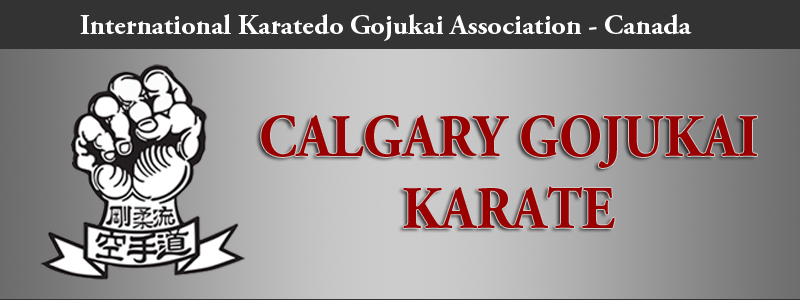Information - Karate History
Karate-do is an ever evolving art that has its roots in Okinawa, China and Japan. Okinawa has had it's own indigenous fighting arts for hundreds of years, however it has been heavily influenced by neighboring nations such as China, Japan, and Korea who have either traded with the Okinawans, or tried to conquer them. In it's earliest form, Karate was known as Te in Okinawa, with individual styles being recognized by the district in which it was practiced, and also by the person who was teaching. The three major styles at this time were Tomari-te, Shuri-te, and Naha-te. All of these styles were similar in their basic techniques, however the forms or Kata were remarkably different.
Shuri-te, for example, was characterized by aggressive, long movements, that placed an emphasis on long range and kicking techniques, while karate students from Naha were also more commonly fishermen who valued shorter range, more defensive technique with an emphasis on the upper body. Goju Ryu karate was developed from Naha-te.
Karate Styles
Currently there are many different styles (Ryu-ha) of Karate. In traditional karate-do, there are four main styles - Goju-ryu, Shotokan, Wado-Ryu and Shito-Ryu. These styles began and evolved mainly before World War II, and were recognized by the Japanese government as unique schools of Karate-do. After World War II several other styles became recognized by the Japanese government and gained prominence, such as Chito-Ryu, Shorin-Ryu, Renbukai and Isshin-Ryu. However, simply because these styles gained in popularity that is not to say that they were the only schools of Karate in existence. In fact there are many different and unique Ryu-ha still in existence in Okinawa. (Uechi-Ryu, To-on-Ryu)
In Japan, the Japan Karatedo Federation (Zen Nippon Karatedo) came into existence, and attempted to bring all the recognized Ryu-ha together and unify a set of rules for conduct, karate culture and competition.
Karate After WWII
Prior to World War II, Karate was primarily a self-defense based study of movement. In the 1800's most people thought of it as a way to save one's life when threatened. After the turn of the century, Okinawan karate masters gave a demonstration of their art that was witnessed by Judo's founder Jigoro Kano. He recommended that these masters try to make their art more appealing to the Japanese public. (This was shortly after the IOC recognized Judo as a sport.) This began a slow process trying to standardize teachings, developing curriculum, establishing ranking systems and uniforms (modeled after Judo), and spreading Karate first to Japan, and then throughout the world. It was a slow process right up until WWII, when karate was taught to school children and soldiers to help protect them from the Allied forces.
After World War II karate underwent a massive transformation. Rules for Kumite (sparring) were established, and the sport began to flourish almost immediately. Different Kai-ha (Associations) also came into being, as each Ryu-ha developed high ranking teachers who each would develop their own methods of teaching, as well as their own loyal following of students. As associations grew, so did the competition to draw more students.
Today there are many different Ryu-ha and even more Kai-ha to choose from. There is no one "best" school, only the one that would best suit each person. United under the World Karate Federation (WKF) traditional karatedo has finally gained recognition by the IOC, and is attempting to gain acceptance as an official sport in the Olympic Games. It still rigidly maintains its hold on its history, and all traditional karate associations boast of their firm roots in an age-old martial form of self defense.
Calgary Gojukai | Dojo: 10709 Rocky Ridge Blvd NW Calgary, Ab, Canada | Tel: (403)245-4927 | Email: calgarygojukai@gmail.com
All images and text property of Calgary Gojukai. In Canada the Gojukai "Fist Mark" is the Registered Trade Mark property of IKGA Canada.

